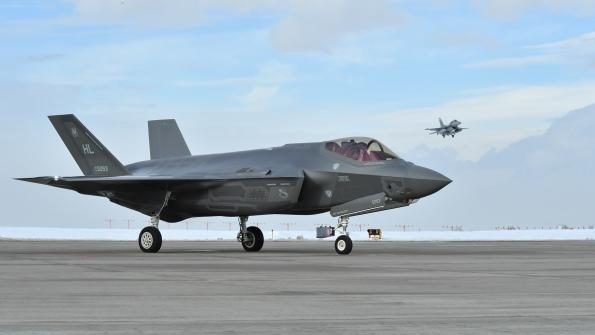
Credit: USAF
Pratt & Whitney will start altitude tests on its experimental XA101 engine in early 2022, though the CEO of parent company Raytheon Technologies warns it would be a difficult and expensive effort to install it on F-35As as some lawmakers are calling for and the U.S. Air Force is exploring. The XA101...
Subscription Required
This content requires a subscription to one of the Aviation Week Intelligence Network (AWIN) bundles.
Schedule a demo today to find out how you can access this content and similar content related to your area of the global aviation industry.
Already an AWIN subscriber? Login
Did you know? Aviation Week has won top honors multiple times in the Jesse H. Neal National Business Journalism Awards, the business-to-business media equivalent of the Pulitzer Prizes.
